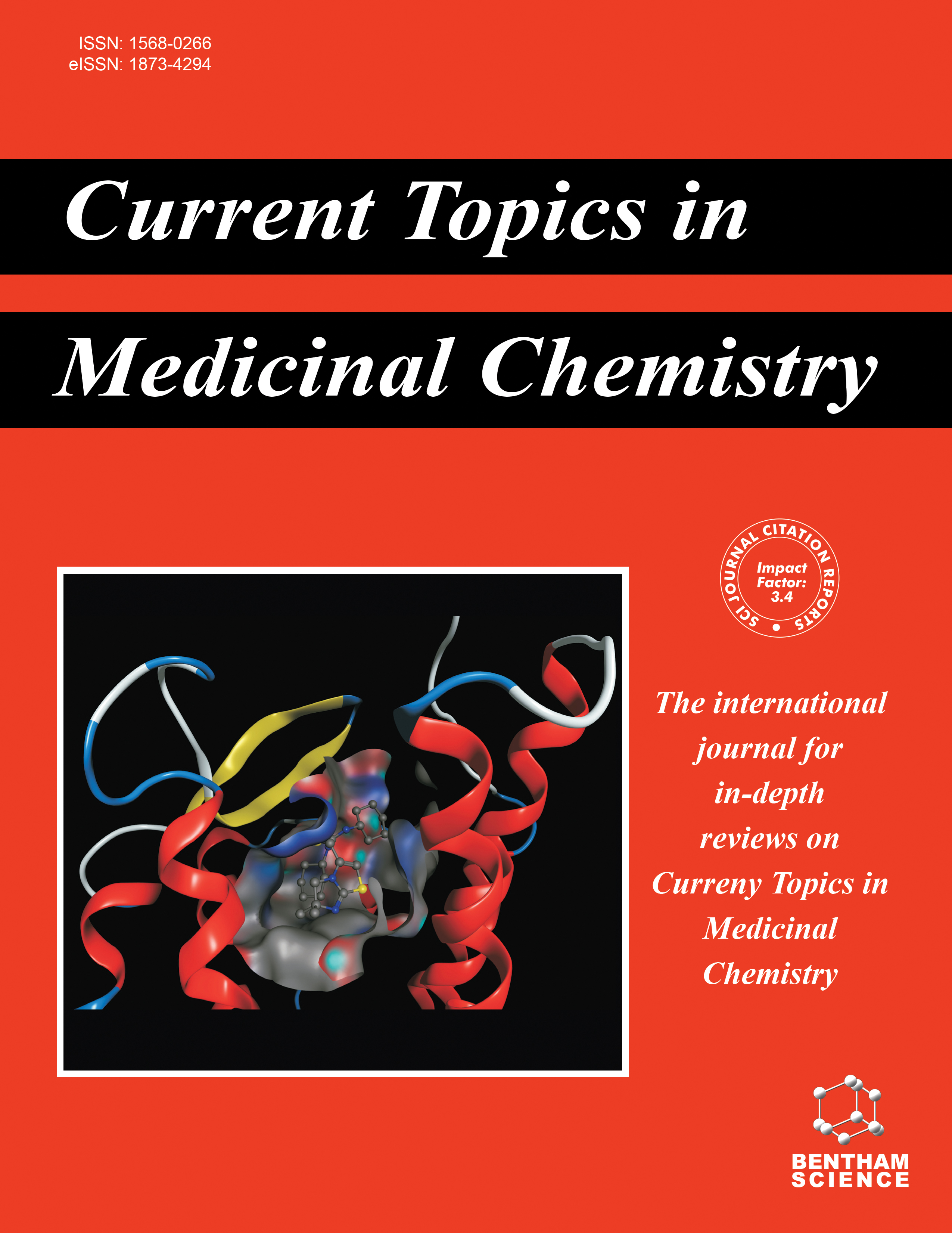-
oa Editorial [Hot Topic: Methods for the Successful Application of Chemogenomics to GPCR Drug Design (Guest Editors: Stephen L. Garland & David E. Gloriam)]
- Source: Current Topics in Medicinal Chemistry, Volume 11, Issue 15, Aug 2011, p. 1870 - 1871
-
- 01 Aug 2011
- Previous Article
- Table of Contents
- Next Article
Abstract
The pharmaceutical industry has become highly efficient at synthesizing and testing very large numbers of drug-like molecules, typically through the application of automation in high-throughput screening and combinatorial chemistry. This has yielded something of a “data explosion”, as a result of which it can be challenging simply to manage and store the results, let alone analyze them in any detail. However, for drug discovery to be truly effective, it is important to do just that. Transformation of data into information and information into knowledge can help yield the substantial improvements being demanded of the industry. The scale of the problem is further magnified through the inclusion of vast swathes of genomic data that have become available in recent years (and which have also been generated through the application of automated methodologies). Furthermore, whilst the impact in the GPCR arena is so far modest, we can also anticipate that advances in protein crystallography will yield substantial amounts of structural data that should be very valuable. Chemogenomics is the application of computational methods to make sense of the huge amount of data that sits at this interface between genetics, pharmacology, structural biology and medicinal chemistry. In an attempt to introduce one level of simplification, for this special issue we have chosen to focus on chemogenomics as applied to a single protein family, namely the G-Protein-Coupled Receptors (GPCRs). In its truest sense, however, the technique extends to the prediction of activity for all drug-like molecules at all biological targets and there are elements of that in some of the papers that follow. Given the well-known importance of GPCRs as drug targets, it is perhaps natural to focus there, although the methods described have gained significant traction in other areas as well. This is most notable for the protein kinases where the high levels of similarity in the orthosteric site lend them to such analyses, although results in a somewhat unusual focus on selectivity issues. GPCRs provide an interesting test-bed for chemogenomic methods due to the amount of data available, the relatively diverse nature of their binding site(s) and their on-going importance as drug targets through, for example, the exploitation of targets with hitherto limited chemical tractability, orphan receptors, alternative signaling mechanisms (e.g. beta-arrestin or functional selectivity) and targeted polypharmacology profiles. The principles learned should, however, be applied quite readily to other protein families. Gloriam and Garland have looked at how the available crystal structures can be used to define a reference set of amino acid residues that are accessible for ligand binding in the GPCR transmembrane helical bundle. This set has been used to cluster the receptors to reflect ligand-binding preferences without the “evolutionary noise” associated with non-ligand-binding portions of the sequence. However, the authors show that to achieve high-resolution relationships it is necessary to cluster receptors using a further reduced residue set defined on a per ligand (binding site/mode) basis. This style of analysis has been applied to 3 privileged structures and yields both a rationale for the privileged status as well as predictions for the activity profile across the whole of Family A, with clear applications for ligand/drug design. Frimurer and Hogberg have developed an efficient “physicogenetic” protocol for relating GPCRs with respect to the physicochemical nature of binding sites as well as a “site-directed drug discovery” approach to target- and ligand-based drug design. In one study, a small diverse library directed towards GPR44 (aka CRTh2) generated several useful hit series which were further converted into drug-like lead series. They show the value of including the GPR44 receptor homology model in the design rather than just relying on those targets identified as “close” since, whilst there are similarities in the pockets, there are also some differences that give rise to selectivity. In another analysis, scaffold hopping based on ligand and QSAR data results in the identification of novel MCH1R antagonists. Finally, they have been able to rationalize the known similarity between certain CCR2 and 5HT ligands based on the switch of a key charge-charge interaction point from the Asp of TM3 in 5HT receptors to a Glu on TM7 for CCR2 which influences thinking in terms of receptor similarity......


